Widgetized Section
Go to Admin » Appearance » Widgets » and move Gabfire Widget: Social into that MastheadOverlay zone
Planning for the Local Impacts of Climate Migration
The views expressed are those of the author and do not necessarily reflect the views of ASPA as an
organization.
By Katherine Voshell
March 22, 2016
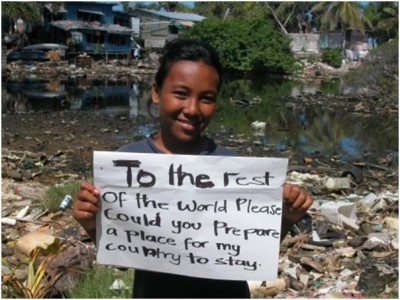
A young woman from Tuvalu holds up a sign asking for a place to live as her own home suffers from sea level rise in the background. Image source: Cool Heads for a Hot Planet
Introduction
Changing climate patterns have the potential to spur significant migration of populations displaced by flooding, economic collapse and other disasters over the next century. While much current policy attention is focused at the international and national levels (security, immigration, emergency housing), the long-term accommodation of climate migrants is largely a municipal issue. It is critical for regions to understand potential future migration patterns in order plan for adequate housing, services and economic opportunity in a way that leverages and preserves existing resources and that reinforces the values already in place.
International Crisis, Regional Response
The United Nations Environment Programme estimates that environmental changes due to climate change are responsible for 50 million climate migrants to date. Norman Myers of Oxford University predicts this number could climb as high as 200 million by 2050. To put that in perspective, as of today the Syrian crisis has forced approximately 5 million from their homes in search of safety. These migrants have created a strain on support services and ignited a firestorm of controversy as countries struggle to absorb them, taking a high toll on those families in flight.
Areas with strong economies and those that will see minimal disruption due to climate change will be very attractive to migrants as possibilities for permanent relocation. In light of the Portland region’s potential to become a destination for both domestic and international climate migrants, Dr. Ethan Seltzer, along with a group of planning students at Portland State University (PSU), produced a report entitled “Environmental Migrants and the Future of the Willamette Valley: A Preliminary Exploration.” This report examines the added dimensions of planning for the social, economic and health needs of a diverse set of new residents, as well as the comprehensive regional planning required to support an increasing population within an ever-decreasing menu of resources, while maintaining the values endemic to the area.
The report contains the following recommendations for cities planning for future growth that incorporate strategies for supporting and integrating future climate migrants:
Know your demographic future
In order to understand your region’s future, it is essential to have the proper demographic research. Look for partnership opportunities with universities engaged in this research and advocate for state-level assistance. The expected numbers of migrants are important for developing a regional plan, but so is the demographic make-up, social vulnerability and job skills of potential incoming residents. The report also recommends incorporating data from the American Community Survey (ACS) reports, which gathers off-census year data and provides a more comprehensive look at migration patterns.
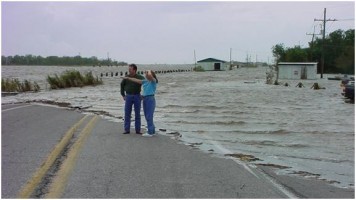
The Biloxi-Chitimacha-Choctaw Indians were recently declared the first climate migrants in the continental United States. Their home on Isle de Jean Charles has been reduced from 55 square miles to approximately ½ square mile since the 1950s. Image Credit: NOAA
Plan for health and equity
According to Public Health Watch, climate crises are predicted to heavily negatively impact those with the fewest resources and those from disadvantaged populations. In order to promote the economic and social health of the region, it is critical to promote engagement in civic life through equity and agency. According to Dr. Seltzer’s report, “[p]olicies and decision-making around education, housing, transportation, land use and economic development can mitigate or advance health disparities and inequities, particularly for vulnerable populations.”
Look for opportunities for economic development
Much of the current conversation concerning migration focuses on the costs associated with services and infrastructure required to support new residents. As the PSU report points out, planning in conjunction with an economic opportunity analysis can identify ways to harness the characteristics and skills of incoming populations in ways that benefit and grow the economy.
Plan for a sustainable future
While climate change will impact some areas harder than others, all regions will experience changing local conditions and resource availability. In order to be successful, growth strategies must leverage a region’s unique biospheric resources, climate and location to reduce emissions, promote health and food stability while also strategizing for adaption to future climate conditions.
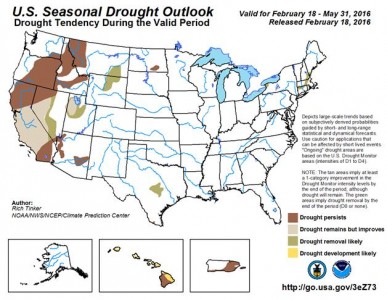
The National Integrated Drought Information System (NIDIS) provides reports on seasonal droughts and long-term impacts. Image credit: NIDIS
Prioritize values and embed future plans
Infrastructure preparedness can only take a region so far if the resident population feels hostile toward newcomers. Dr. Seltzer cautions, “That people behave badly when they feel a lack of empowerment,” and that helping existing populations “understand [changing urban conditions] not as scarcity and as basis of defense, but instead of welcoming and opportunity” is critical to successful planning and implementation. By collectively prioritizing a region’s values through participatory planning and encouraging resident discussion of how to best preserve and expand those values, cities can minimize uncertainty and hostility in the face of change.

Image Credit: Louise Wateridge
Planning for an Uncertain Future
Dr. Seltzer states that in the wake of domestic and international efforts to mitigate climate disasters, massive climate migration may not materialize. But the need for understanding and planning for potential futures is borne of what he characterizes as the “profound responsibility in designing a future for missing populations.” Through informed planning, city officials have the opportunity to lay the foundations for municipal and regional futures that can meet the demands, while providing a path for migrants to become residents who share the unique values that define a region.
Author: Katherine Voshell can be reached at [email protected].



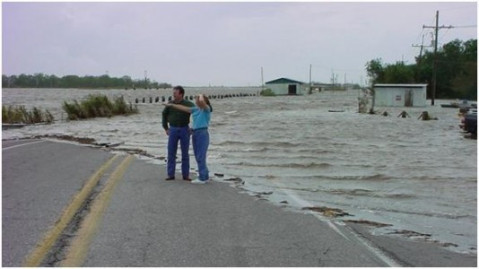
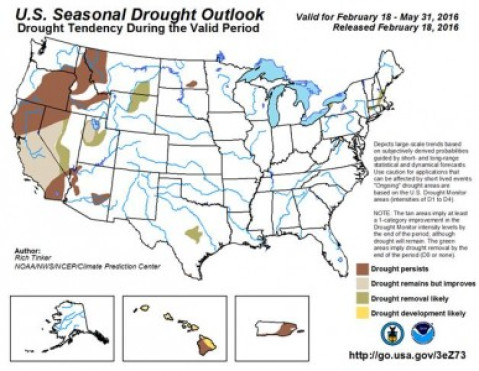

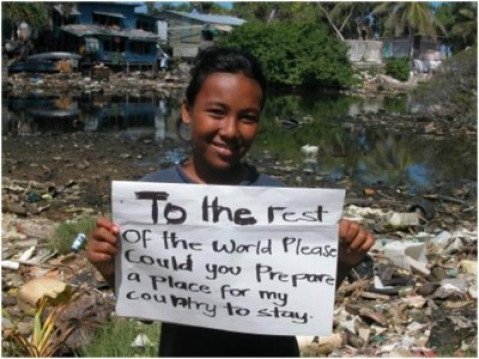

 (2 votes, average: 4.50 out of 5)
(2 votes, average: 4.50 out of 5)
Pingback: PA News : 25/03/2016 | IIAS Knowledge Portal On Public Administration